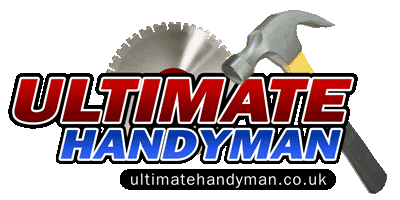- drill using a bit one size smaller than usual.
- put some no more nails, grip fill, or something similar in the hole or around the plug if it's loose.
- make a larger hole than usual, fill, and then drill out the correct size once the filler is set.
- use resin fixings.
This is an example of the stuff I mean, in case it's not really breeze block, or if it's known as something different these days?
Whatever it's called, I've always found it to be quite inconsistent, some patches are very hard, solid and difficult to drill, other patches can be very soft and crumbly. Today was typical: brand new drill and brand new bit, first wall plug is a little loose, second one is perfect. The loose one will be easy enough to sort out, so I'm not worried about that.

